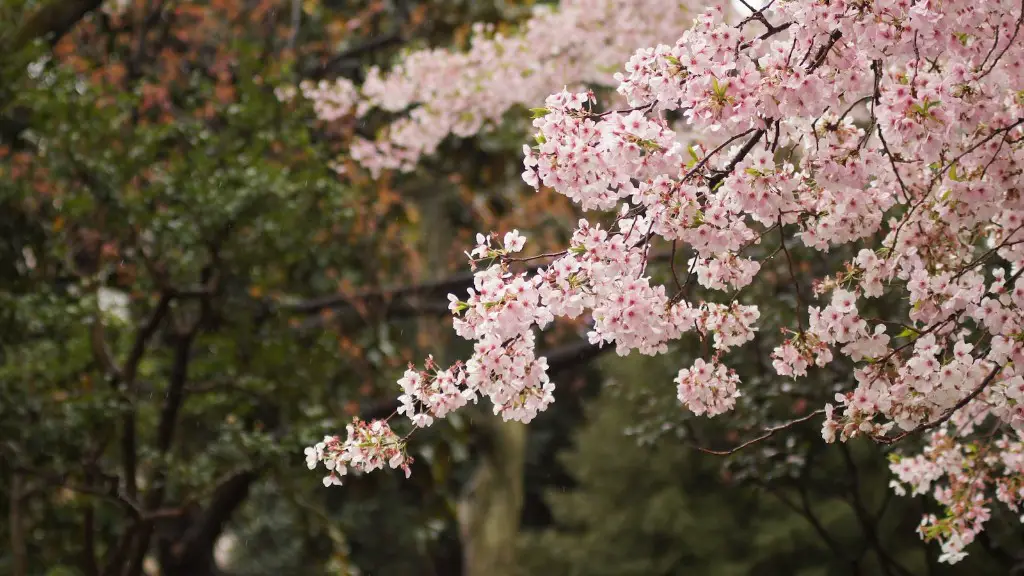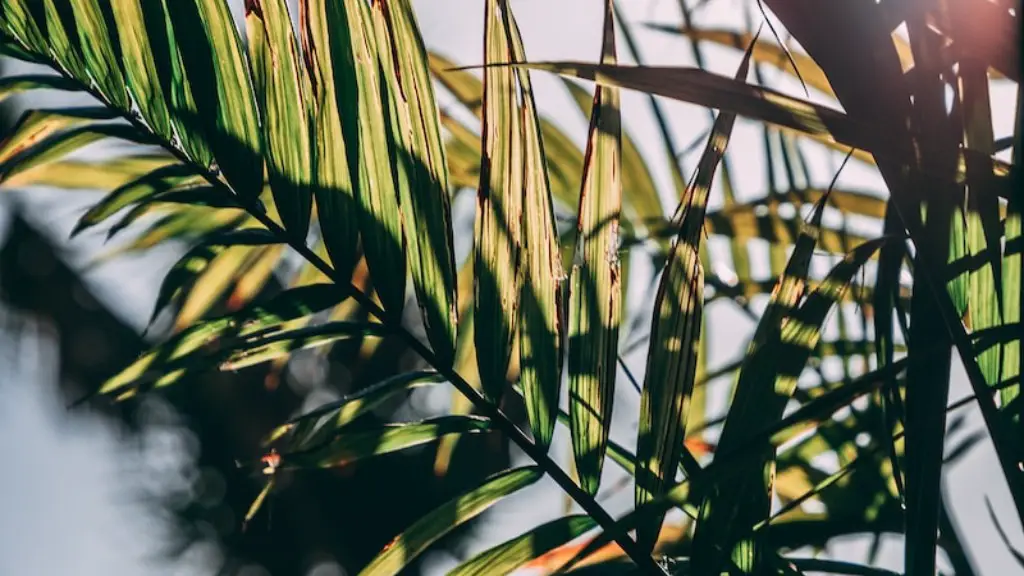The avocado tree is one of the most popular trees to grow in many parts of the world. With it’s sweet-savoury fruit, creamy texture, and countless uses in cuisines around the world, it’s no wonder why this tree is so beloved. But when it comes to caring for a young avocado tree, some knowledge of watering frequencies and schedules can go a long way in helping it thrive.
Water is essential for any plant, young or mature, to live and produce fruit. Young avocado trees typically need more water than their mature counterparts since they are in their early stage of growth. As a general rule, a young avocado tree should be watered every 3 to 10 days depending on the time of year, temperature and humidity levels, soil pH, and other factors.
In the warmer months, a young avocado tree will require more frequent watering due to losing more moisture through evaporation. An avocado tree should generally be watered twice a week in the early stages of growth, and once a week after it has become established. It’s important to water slowly and deeply so that the water penetrates the root system and the surrounding soil down to a depth of at least 6 inches.
It’s important to note that too much water can be just as harmful as not enough. Overwatering a young avocado tree can cause root rot and decrease the quantity and quality of the fruit. An easy way to check if your avocado tree is getting too much water is to use your finger to check the soil. If the soil is soggy, then it is time to reduce the frequency or amount of water.
When it comes to watering young avocado trees, it is also important to pay attention to the local weather forecast. If the forecast is for irregular or prolonged periods of rainfall, it is not necessary to water quite so often. During rainy periods, it is always wise to check the soil around the tree to make sure it is able to absorb the extra water.
In conclusion, when it comes to watering a young avocado tree, different conditions require different approaches. It is always best to check local weather and soil conditions to determine how often to water the tree and how much to give it. By doing that, you can ensure that it will thrive and produce delicious avocados for years to come.
Fertilizer for Young Avocado
Fertilizing a young avocado tree is essential in helping it to thrive and be productive. Fertilizing the tree should start in the early stages of the tree’s life, and it should be done several times a year. An avocado tree fertilizer should be high in nitrogen, phosphorus, and potassium, and it should also contain trace elements like magnesium and iron.
It is important to remember that too much fertilizer can be as damaging as too little. A fertilizer should be applied to the soil in the early spring before the tree blooms and again in the beginning of summer. During the growing season, a dilute solution of fertilizer should be sprayed on the leaves and branches of the tree every two weeks.
It is also important to take into account the soil conditions around the tree. If the soil is too acidic, a lime-based fertilizer should be used to neutralize the pH of the soil. If the soil is too alkaline, an ammonium-based fertilizer should be used to lower the pH levels. It is also important to keep the area around the tree free of weeds, since they could compete with the tree for nutrients.
In conclusion, fertilizing a young avocado tree is essential for helping it to thrive and produce delicious fruit. It is therefore important to pay attention to soil conditions around the tree, and to choose an appropriate fertilizer that is rich in nutrients. With proper and timely application, you can ensure that your avocado tree will thrive and bear fruit.
Pruning Young Avocado Trees
Pruning a young avocado tree is essential in ensuring the health and vitality of the tree. Pruning helps maintain the shape of the tree, and it also encourages new growth and the production of more flowers and fruit.
It is important to prune a young avocado tree regularly, as it helps to keep the height and size of the tree in check. Pruning should also be done when the tree blooms for the first time, as it helps to encourage the growth of new branches. When pruning, it is important to use clean and sharp clippers or shears, and to be careful not to damage any of the branches or leaves.
When it comes to young avocado trees, it is also important to remove any dead or diseased branches and leaves, as they can spread disease and cause damage to the tree. Furthermore, it is usually advisable to remove any low-hanging branches, as these can prevent the tree from getting enough air and light.
In conclusion, it is important to prune a young avocado tree regularly to keep it healthy and vigourous. By removing dead or diseased branches, and trimming away any low-hanging branches, you can ensure that your tree will be as healthy as possible and will be able to produce tasty and abundant fruit.
Protection from Pests
Young avocado trees can be susceptible to pests, like mealybugs and aphids, which can damage the tree and reduce the quality and quantity of the fruit. As such, some protection needs to be taken to prevent infestations and the spread of disease.
When it comes to protecting a young avocado tree from pests, one of the most effective methods is to apply an insecticidal soap solution to the leaves and trunk. This solution helps to kill insects, aphids and mealybugs on contact, and helps to keep the tree healthy and robust.
It is also important to ensure that the surrounding soil is kept weed-free, as weeds can harbour pests. The area around the tree should also be kept well-ventilated, and any fallen branches should be cleared away to prevent the spread of pests or disease.
In conclusion, protecting a young avocado tree from pests is essential for its health and abundance of fruit. By applying insecticidal solutions and keeping the surrounding area free of weeds and fallen branches, you can ensure that your tree will be safe and able to thrive for years to come.
Diseases Affecting Young Avocado Trees
Avocado trees are susceptible to various diseases, and young trees must be monitored closely to ensure they are not affected. Diseases like root rot, powdery mildew, anthracnose, and front can cause significant damage to young avocado trees, and can significantly reduce their productivity.
One of the most common diseases affecting young avocado trees is root rot, which is caused by a fungal infection. Signs of this disease include yellowing and wilting leaves, discoloured bark, poor growth, and poor fruiting. To prevent root rot, it is important to ensure the tree is well-watered, fertilized, and that its soil environment is aerated and well-draining.
Powdery mildew is another common disease of young avocado trees, and is characterized by a white powdery coating on the leaves and stems of the tree. If this disease is left untreated, it can cause significant damage to the tree, so it is important to apply a fungicidal spray as soon as possible.
Anthracnose and front are also common diseases of young avocado trees, and can also cause significant damage if left untreated. Anthracnose is characterized by black lesions on the leaves, while front is characterized by yellowing leaves and stunted growth. Both of these diseases can be treated with fungicidal sprays, so it is important to identify and treat the problem as soon as possible.
In conclusion, when it comes to protecting a young avocado tree from diseases, it is important to monitor it closely and take appropriate action to prevent and treat any potential infection. By monitoring the tree and taking proper steps to prevent and treat disease, you can ensure that your young avocado tree will be healthy and produce abundant fruit.



